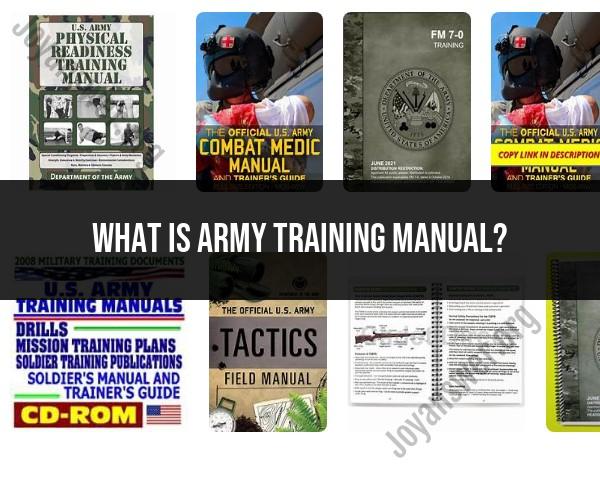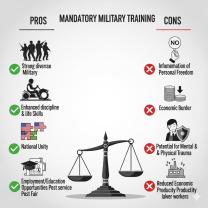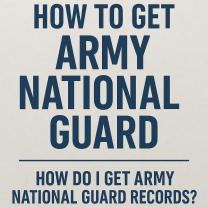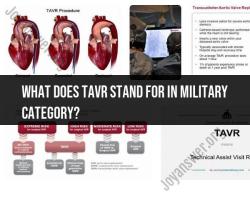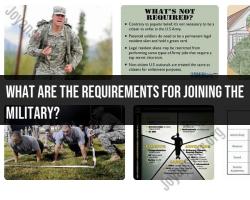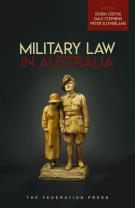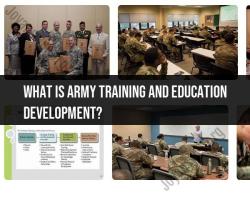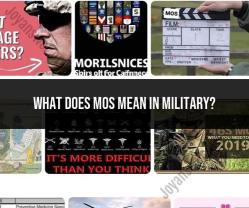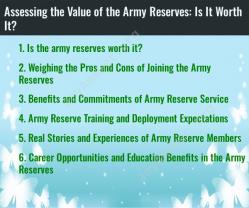What is Army Training Manual?
Army Training Manuals refer to instructional documents produced by the military to guide soldiers and other personnel in various aspects of training, operations, and tactics. These manuals serve as comprehensive guides, offering standardized procedures, techniques, and best practices for a wide range of military activities. The content of these manuals is typically developed by subject matter experts and experienced military personnel to ensure that the information is accurate, effective, and aligns with military doctrine.
Key aspects of Army Training Manuals include:
Training and Doctrine: Army Training Manuals cover a diverse range of topics related to military training and doctrine. This includes field training, marksmanship, physical fitness, leadership, tactics, and more.
Standardization: The manuals aim to standardize procedures and practices across the military. Standardization ensures that soldiers from different units or branches can operate cohesively in joint operations.
Procedures and Techniques: Manuals provide detailed instructions on specific procedures and techniques. This may include how to operate equipment, execute tactical movements, conduct medical procedures, and respond to various scenarios.
Mission-specific Manuals: Some manuals are mission-specific, focusing on the unique requirements of certain types of operations. For example, there may be manuals for urban warfare, counterinsurgency, or peacekeeping missions.
Leadership and Command: Manuals often address leadership principles, command structures, and the responsibilities of leaders at various levels. They guide officers and non-commissioned officers in leading their units effectively.
Regulations and Compliance: Manuals also include information on military regulations, legal considerations, and ethical standards. They emphasize compliance with national and international laws of armed conflict.
Periodic Updates: Given the dynamic nature of military operations and technology, Army Training Manuals are periodically updated to reflect advancements, changes in doctrine, and lessons learned from recent conflicts.
Accessibility: While physical copies of manuals are often distributed to military units, many manuals are also available digitally, making them easily accessible to personnel across different locations.
It's important to note that different branches of the military (e.g., Army, Navy, Air Force, Marines) may have their own specific training manuals tailored to their unique roles and responsibilities. Additionally, manuals may vary between countries based on their military doctrines and operational needs.
Access to these manuals is typically restricted to military personnel due to the sensitive nature of the information. However, some unclassified versions or portions may be available to the public to promote transparency and understanding of military practices within legal and security constraints.
What content is covered in the Army Training Manual?
The content covered in the Army Training Manual is quite vast and diverse, as it encompasses a wide range of training materials and resources used by the U.S. Army to prepare soldiers for various tasks and scenarios. It's important to note that there isn't just one single "Army Training Manual." Instead, it's a collection of individual manuals categorized by topic and purpose. These manuals fall into several broad categories:
1. Doctrine and Regulations:
- Field Manuals (FMs): These manuals guide the Army's conduct and training for operations, covering topics like infantry tactics, combat engineering, intelligence gathering, and leadership principles.
- Army Directives (ADs) and Army Regulations (ARs): These outline policies, procedures, and administrative processes for various aspects of Army life, such as personnel management, financial regulations, and safety guidelines.
- Technical Manuals (TMs): These provide detailed instructions for operating and maintaining weapons, equipment, and vehicles used by the Army.
2. Soldier Development:
- Training Circulars (TCs): These manuals describe specific training techniques and exercises for developing individual and unit skills in various areas, such as marksmanship, first aid, and communication.
- Soldier's Blue Book: This handbook introduces new recruits to the Army's values, culture, history, and basic soldier tasks.
- Other Training Materials: Pamphlets, guides, and online resources supplement specific training programs and cover topics like fitness, ethics, and mental health.
3. Specialized Training:
- Branch-Specific Manuals: Each branch within the Army (Infantry, Cavalry, Armor, etc.) has its own set of manuals outlining tactical operations, equipment use, and leadership strategies specific to their roles.
- Schoolhouse Materials: Training manuals are also developed for specific Army schools and courses, focusing on advanced skills like medical training, language acquisition, or cyber warfare.
The specific content covered in any given manual will depend on its purpose and target audience. Some manuals are designed for basic training recruits, while others cater to seasoned soldiers preparing for specialized missions.
However, all Army Training Manuals share a common goal: to prepare soldiers for the physical, mental, and tactical challenges they might face in their various roles.
It's important to remember that accessing and downloading official Army Training Manuals requires authorization and is typically restricted to active military personnel.
If you're interested in learning more about specific aspects of Army training, I can help you identify relevant resources based on your area of interest. Just let me know what you'd like to know more about!
